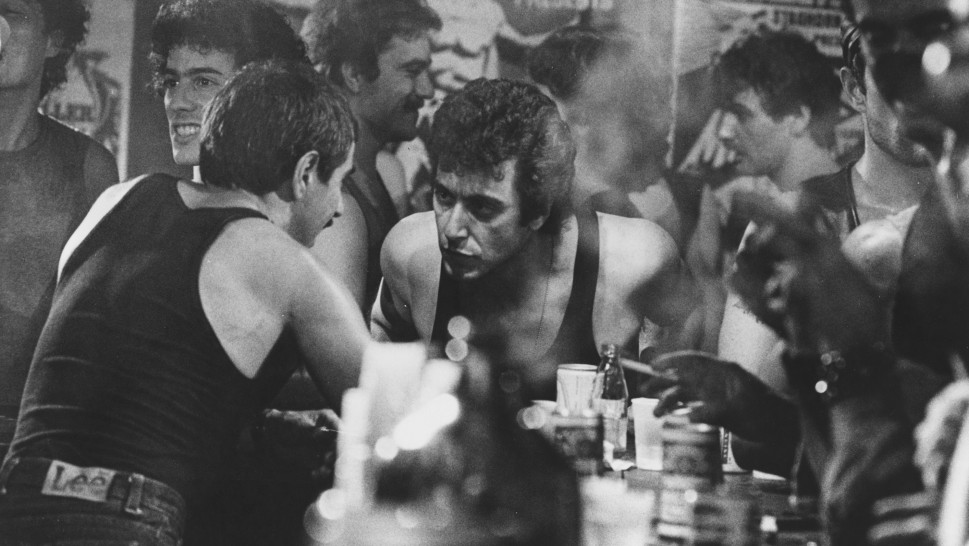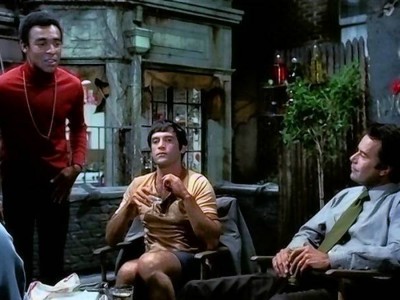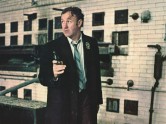
Cruising
The Boys in the Band
As word spread that Friedkin was working on a crime drama set in New York's gay leather subculture, vociferous protests were staged throughout the film’s production by gay activists who feared that the film would negatively represent homosexual life in America. As usual, Friedkin simultaneously courted and rose above the controversy to produce the dark chronicle of an ambitious young detective (an intense Al Pacino in one his most important mid-career roles) who discovers previously unknown fears and desires within himself when he goes undercover to catch a vicious killer of gay men. Like its hero, Cruising is both voyeuristically intense and alienating, alternately probing the secret shadows of the S&M club world while upholding the institutional perspective of the police procedural genre.
One of the first films to reflect the Motion Picture Association of America's newly permissive rating system – which nevertheless slapped it with an “R” rating solely for its theme – The Boys in the Band went into production on the eve of the Stonewall riots, and was released with the emergence of the Gay Liberation movement. Friedkin's chronicle of a Greenwich Village birthday party attended by a group of gay men, one of whom just might be heterosexual, is both a time capsule and a celebratory anthem. Relentlessly quotable, and earnestly performed by the show’s original 1968 off-Broadway cast, Boys is a deeply satisfying cinematic reinvention of a stage drama that preserves the claustrophobia and bittersweet qualities of the source material.












